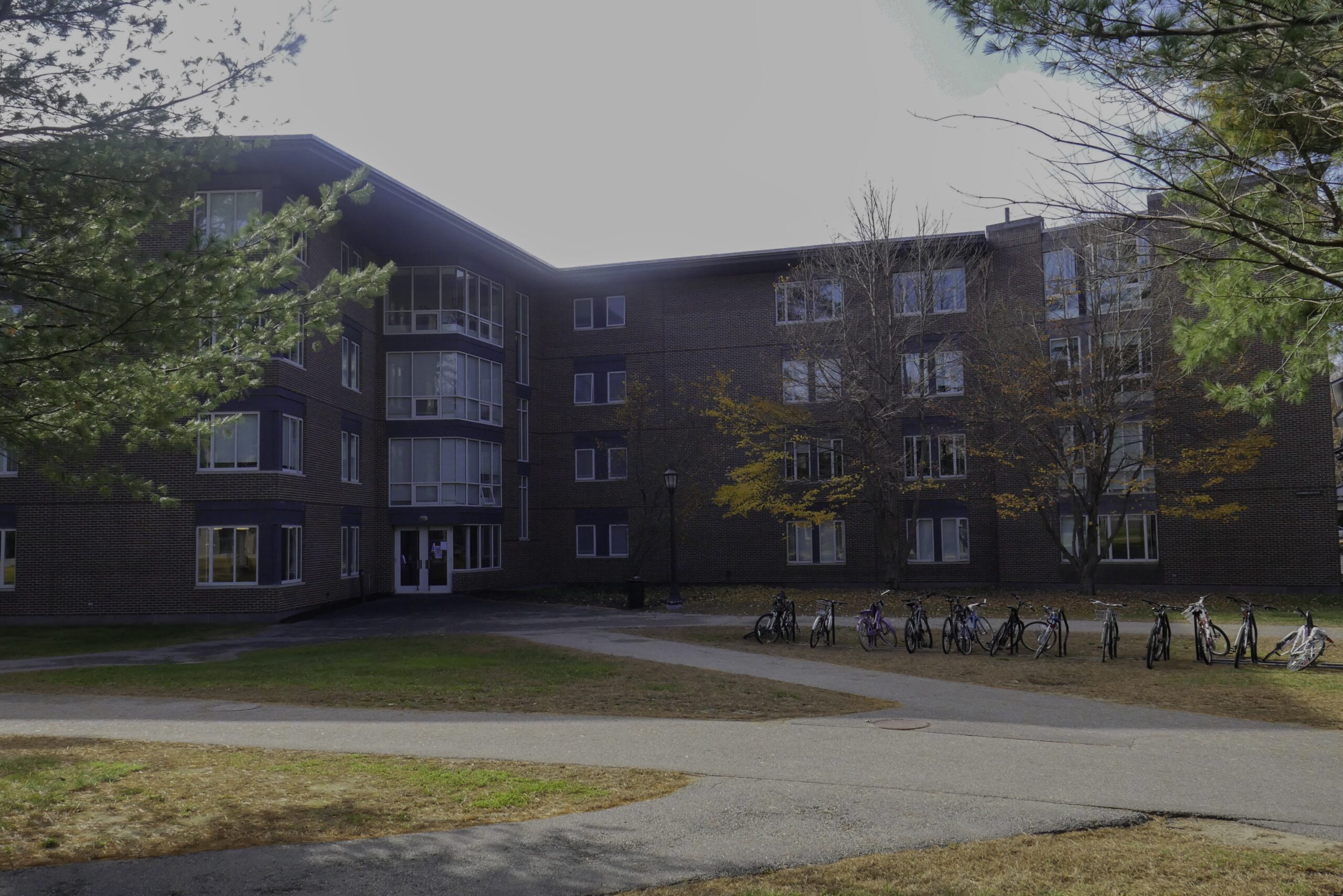What’s in a Name: Chamberlain Hall
October 25, 2024
 Abigail Hebert
Abigail Hebert“We, the undersigned, Students of Bowdoin College, would respectfully petition that the Military Department of this institution be abolished,” read a student petition addressed to then-President of the College Joshua Lawrence Chamberlain in 1873 in opposition to his mandate of military training in uniform for all students.
Bowdoin’s sixth president and alumnus of the class of 1852, Chamberlain instituted changes which drastically altered the landscape of the College. As the winner of the Congressional Medal of Honor for his actions as a commanding officer for the Union army at Gettysburg and the governor of Maine prior to his term as president of the College, he left a significant legacy. This lives on at Chamberlain Hall, the dorm that bears his name.
Chamberlain taught himself Greek so he could be admitted to Bowdoin, where he became a member of the Alpha Delta Phi fraternity and the Peucinian Society. A diligent student, he made Phi Beta Kappa, taught Sunday school in Brunswick during his first and second years and visited Harriet Beecher Stowe’s family home on Federal Street where he recalled hearing her read aloud just-completed chapters of “Uncle Tom’s Cabin.”
Chamberlain was a progressive reformer. A pamphlet from the commencement of Chamberlain Hall reads that he was “remembered for his proposals to introduce applied science into the curriculum, to teach classics in translation, to require compulsory student military training and to provide higher education for women.” These ideas brought him into conflict with a then-conservative Board of Trustees.
“I perceive the reasonableness of your proposition,” Chamberlain, then president, wrote in 1872 to a woman seeking admission to the medical school at Bowdoin.
Chamberlain’s administration lasted until 1883, when he resigned due to ill health brought about by injuries sustained during the civil war.
Up until 1998, a different Chamberlain Hall existed at Bowdoin—that being the past name of the current Office of the Registrar. In 1998, the building’s name was changed to Sarah Orne Jewett Hall, and construction began on a new dorm at the south end of campus. This developing residential complex already included Howard and Stowe halls, both built in 1996 and named after prominent civil war figures. The bestowing of the name Chamberlain Hall on the third addition furthered this theme.
“We must remember that Chamberlain didn’t become a real hit nationally until the 1990s, when Ken Burns’s ten-episode documentary on the Civil War came out,” Professor of History Patrick Rael wrote in an email to the Orient. “Until then, Chamberlain was largely a niche figure, familiar to Mainers, history buffs and Civil War aficionados. So the timing actually works out; the hall was named for the man when he was in the heyday of his popularity.”
Chamberlain Hall opened for occupancy during the 1999-2000 academic year. Today, certain aspects of Chamberlain’s legacy appear to loom larger than others.
“I believe he was a civil war general on the side of the Union, primarily based on the song ‘The Ballad of the 20th Maine,’ that goes, ‘We joined the lion of Bowdoin, Chamberlain his name,’” Nick Everin ’25, who lives in the building, said. This common remembrance of Chamberlain may be due in part to the statue of him near Memorial Hall, in which he is presented in military dress.
Multiple residents stated that a large majority of their peers refer to the hall as “Chambo” instead. The modern appearance of Chamberlain Hall seems, to some, at odds with its historical name, and a tie between the structure and the man himself is not felt.
“I don’t think the building itself [has] the same historical value as some of the other buildings on campus,” Everin said.

Comments
Before submitting a comment, please review our comment policy. Some key points from the policy: